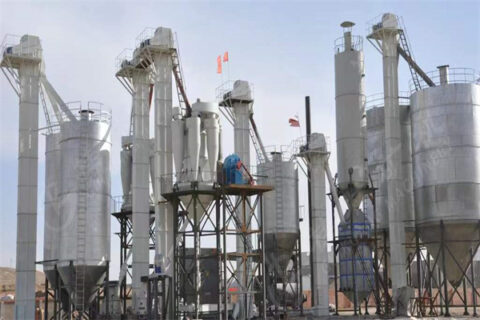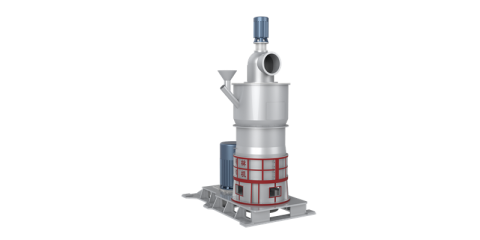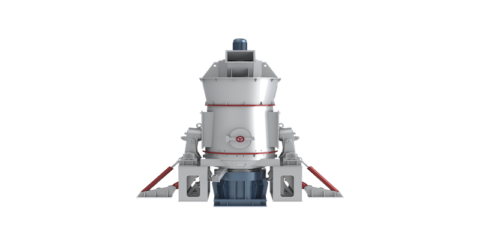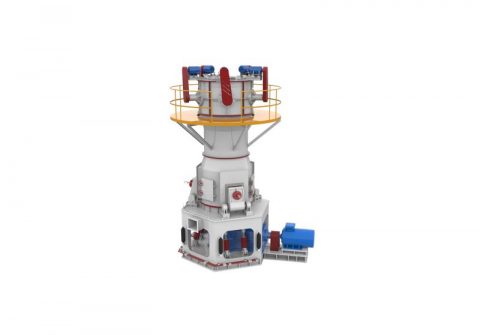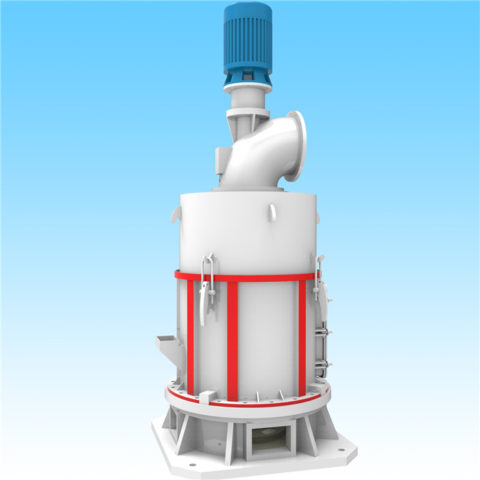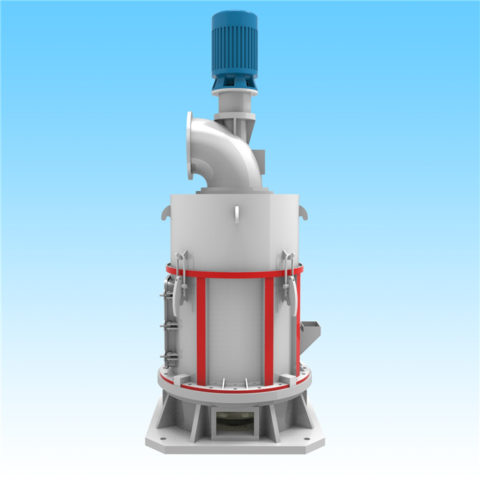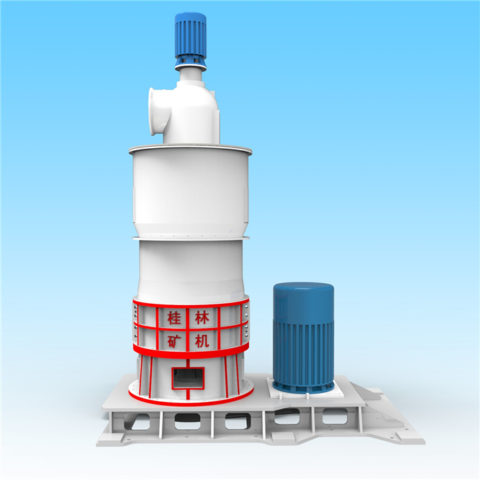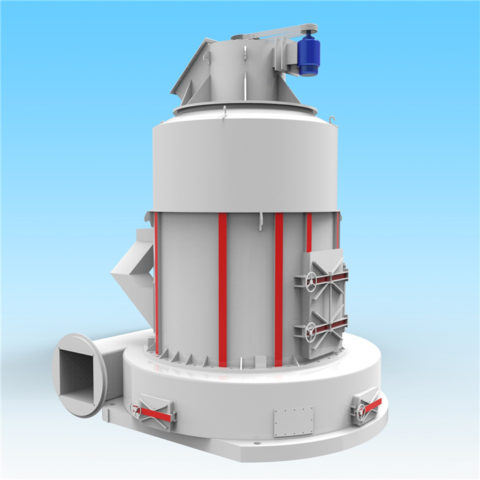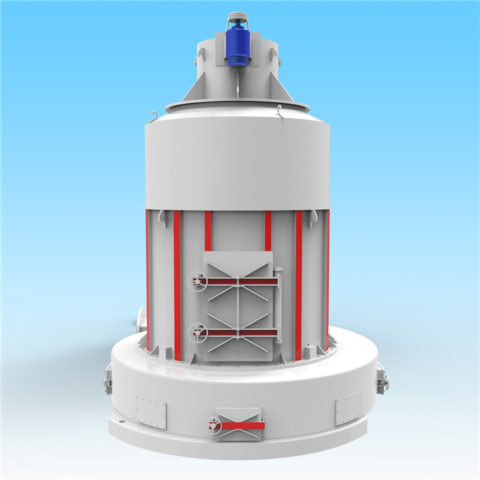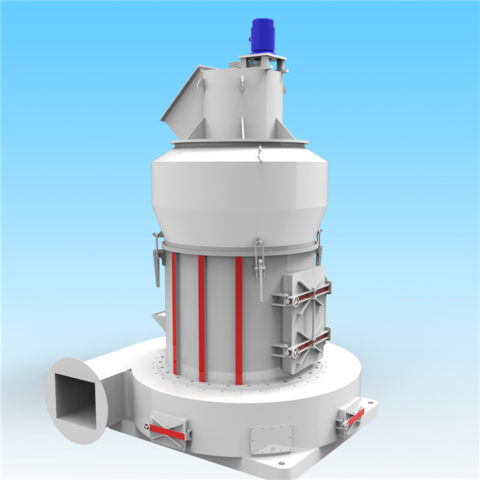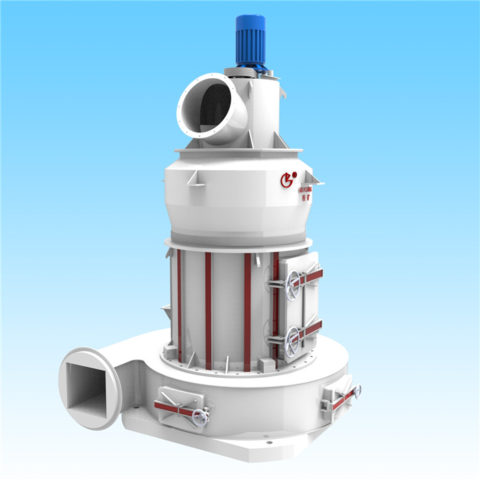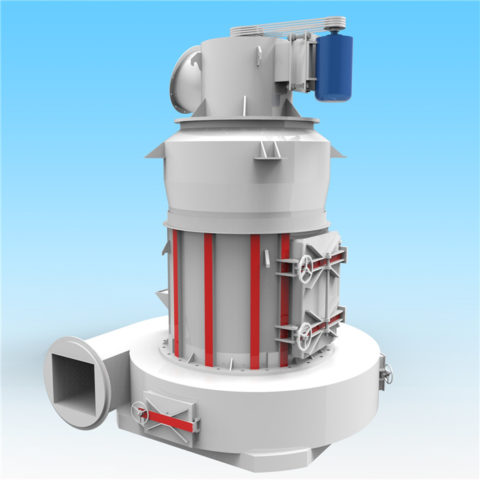Ultrafine grinding technology and equipment was developed in 1970’s with the rapid development of modern science and technology and new materials. Many enterprises were small scale and lack of large equipment. Most companies only to meet the current market share, without much considerations of the future market demand and enterprise development, less investment in research, technology improvement, independent research and development caused product quality problems, also limited the development of the ultrafine grinding machine. Under the current advocacy environment of green, environmental protection, energy saving and efficient environment, as well as large-scale equipment and intelligent equipment demand is growing,The ultrafine grinding mill equipment with the following urgent problems needs to be solved.
First, the lack of a unified national and industry standards, ultra-fine grinding mill equipment quality varies greatly.
Second, the lack of independent research and development, ultrafine grinding mill equipment R & D level need to be improved.
Based on those common problems of milling machine equipment industry, We insisted on technological innovation, and strives to create enterprise standards, increasing scientific research efforts. Mill technology has been in the leading position.
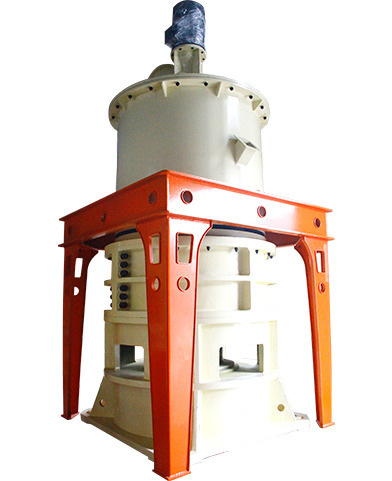
[Feeder moisture]: ≤5%
[Capacity]: 3-40t/h
[Finished particle size]: 0-45μm, equipped with secondary grading can reach up to 5μm
[Application]: The mill has a wide range of applications in building materials, coatings, paper, rubber, electric power, metallurgy, cement, chemicals, medicine, food and other fields.
[Applicable materials]: Widely used in cement raw materials, clinker, desulfurized limestone powder, slag powder, manganese ore, gypsum, coal, barite, calcite, bauxite and other materials with Mohs hardness below 7.
[Performance advantages]: to break the ultra-fine powder processing scale production bottlenecks, can replace the imported ultra-fine vertical mill, high efficiency, easy maintenance, low operating costs, low investment costs, product quality stable and efficient environmental protection, high degree of automation and other significant advantages.

